12.2 - Critical Path Analysis, SCRUM, Six Sigma
1/25
There's no tags or description
Looks like no tags are added yet.
Name | Mastery | Learn | Test | Matching | Spaced |
|---|
No study sessions yet.
26 Terms
Critical Path Analysis
Project managment method used to make projects as efficient as possible
How CPA works
Allows thungs to be done at the same time
Works well for time sensitivity
Calcuates the shorttres time a product could take to make
Advantages of CPA
Cuts down uncessary waiting
Parallel processes
Efficient resource planning
Disadvantages of CPA
May be difficult to accurately represent complex activity
External factors may change and require intervention
Relies on possibly inaccurate estimates

Illustratuion of CPA
Red line is critical path
Illustrates how multiple jobs are being done at once
Scrum
Focusses on flexible and holisitic product development
Scrum in practice
Teams have multiple different skill sets
They work in short sprints
Allows for adaptation and fast iteration
Designers and engineers - make it look good and make sure it will actually work
Short and long term goals established
Advantages of Scrum
Time and money used effectively
Projects move quickly
Allows for customer feedback
Allows for testing
Disadvantages of Scrum
Lack of definitive completion date
Success is reliant on cooperation and commitment
Large groups can decrease productivity
Losing team members can be very detrimental
Six Sigma
A method to improve processes - DMAIC (5 stages NOT 6)
It puts numers to targets
Reducing process cycle time
Reducing pollution
Reducing Cost
Increasing customer satisfaction
Increasing profit
Redesigining
Poka-Yoke method
Makes it impossible to carry out processes incorrectly
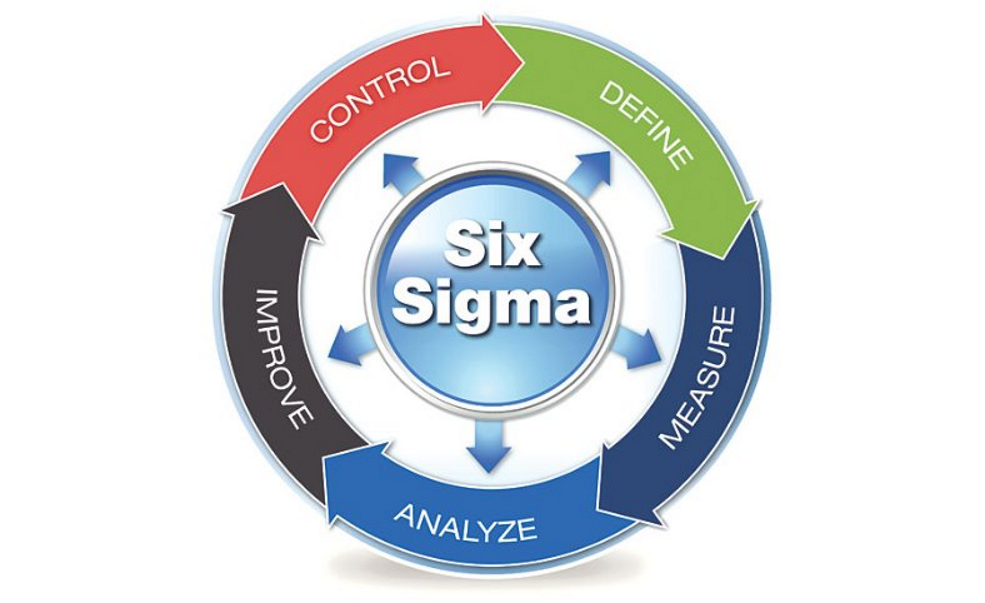
Stage 1 - Define
Set goals and objectives:
Staff, skills and processes required
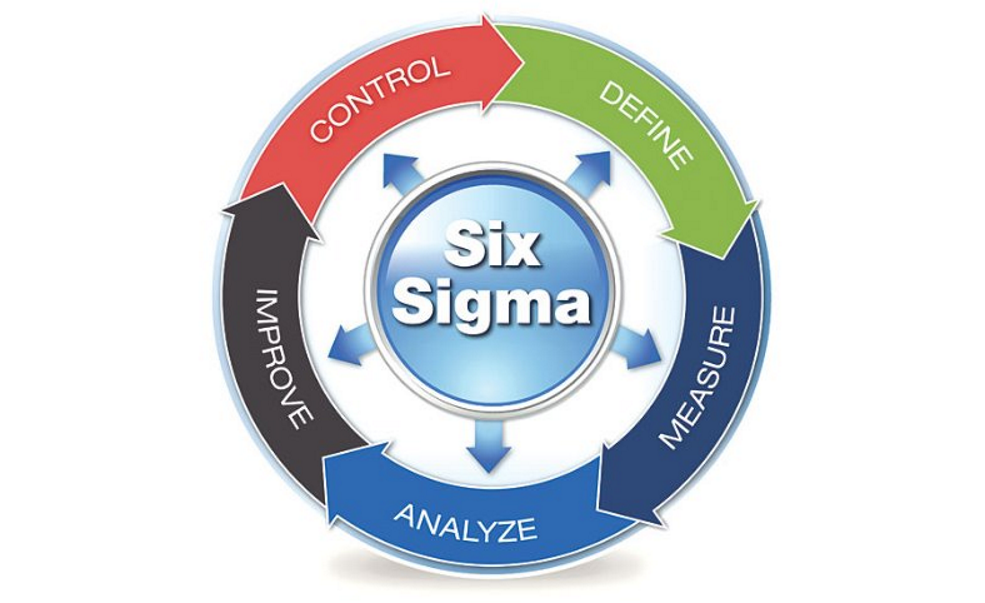
Stage 2 - Measure
Look at estimates or existing data and consider the cost/ quality/ schedule to develop the team
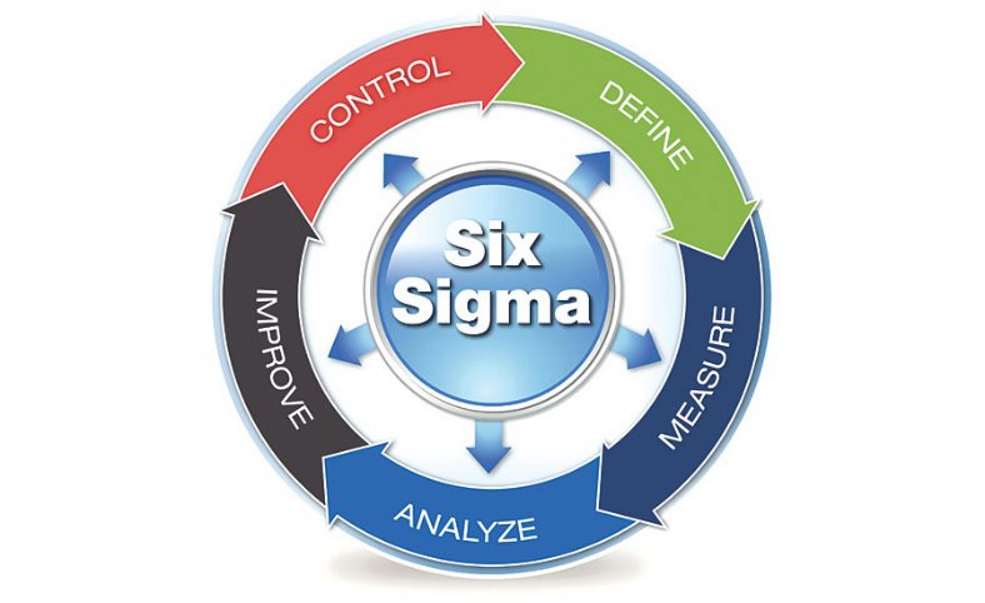
Stage 3 - Analyse
Identify which processes actually add value to the project
Consider which will need more time or funding and justify why
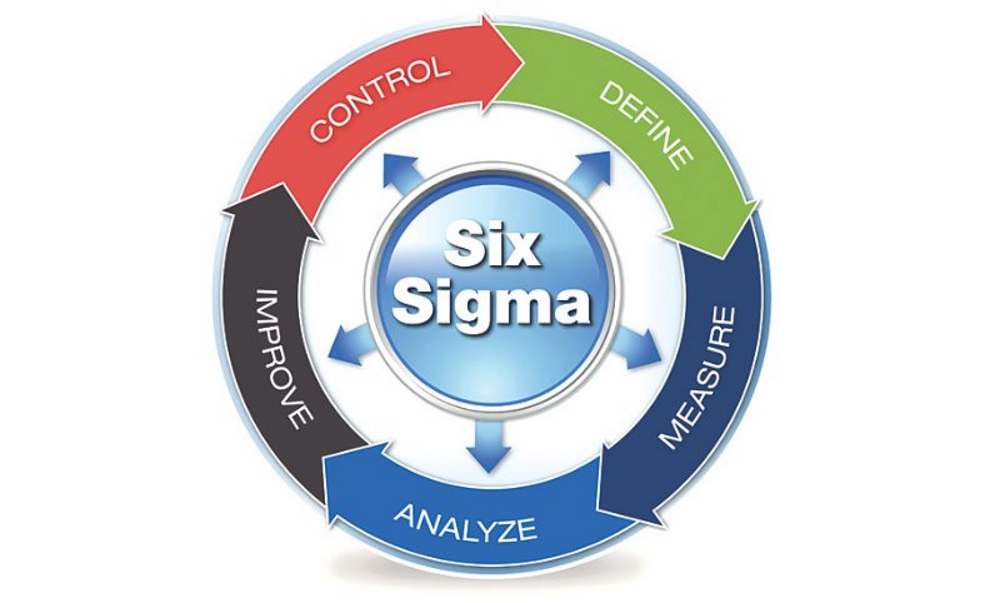
Stage 4 - Improvements
Reduces stakes and improves effiiciency
Implamentation needs verification
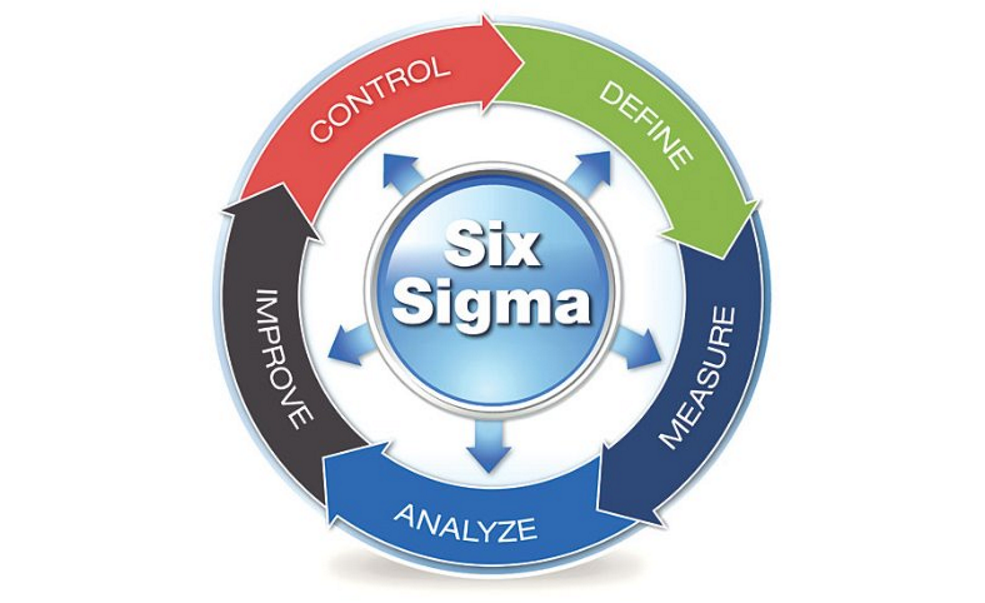
Stage 5 - Control
Ensures new processes become standard practice
If new errors arise, changes are made and the process repeats
Advantages of six sigma
Direct impact on profitability
Improves overall quality through quality assurance
Increases customer satisfaction
Prevents losses rather than waiting for them to happen
Disadvantages of six sigma
Expensive processes increase costs
Huge amounts of data - analysis needs time and resources
Training can be expensive
Can prevent innovation for being risky
SS improves quality
Focussing of quality control and reducing the number of defects
SS reduces process cycle time
Removes errors and unncessary stages
SS reduces pollution
Reduces transportation, travel and waste from faulty products
SS reduces costs
Simplifies processes and steps required by using common processes across products
SS makes processes consistent
Streamlines processes to reduce the possibility of defects
SS improves efficiency/productivity
DMAIC improves results and streamlines resource use
SS is a managment tool/methodology
Employees become involved in quality assurance and reducing defects as they understand the processes involved